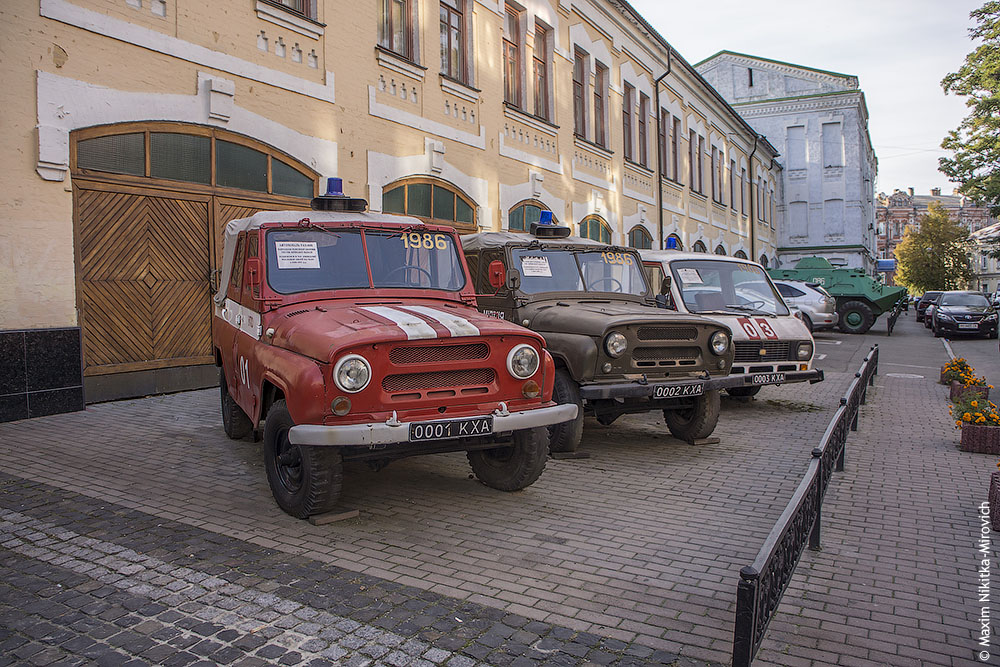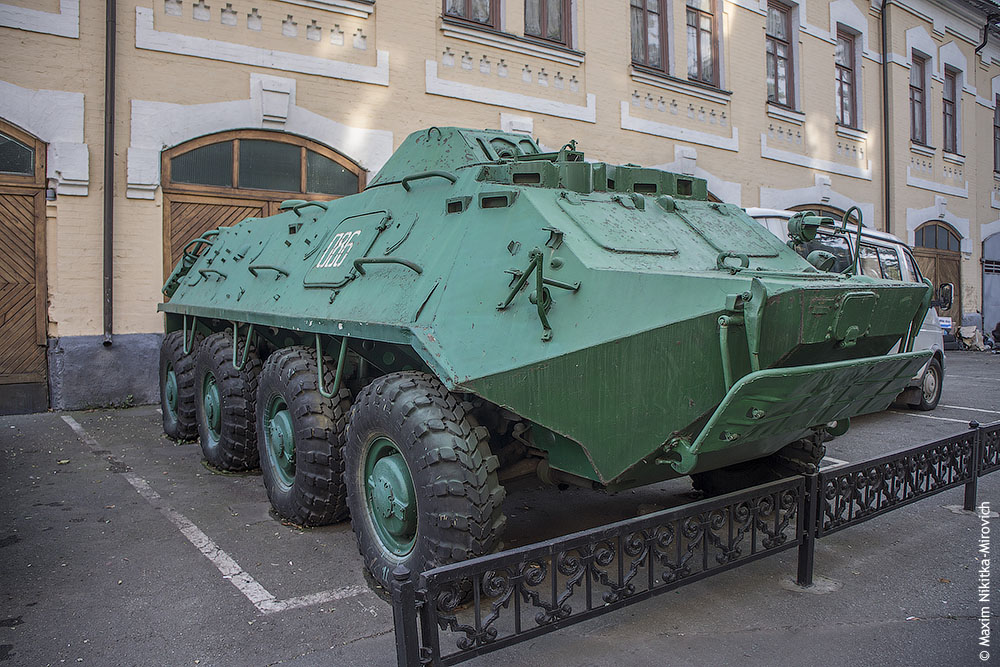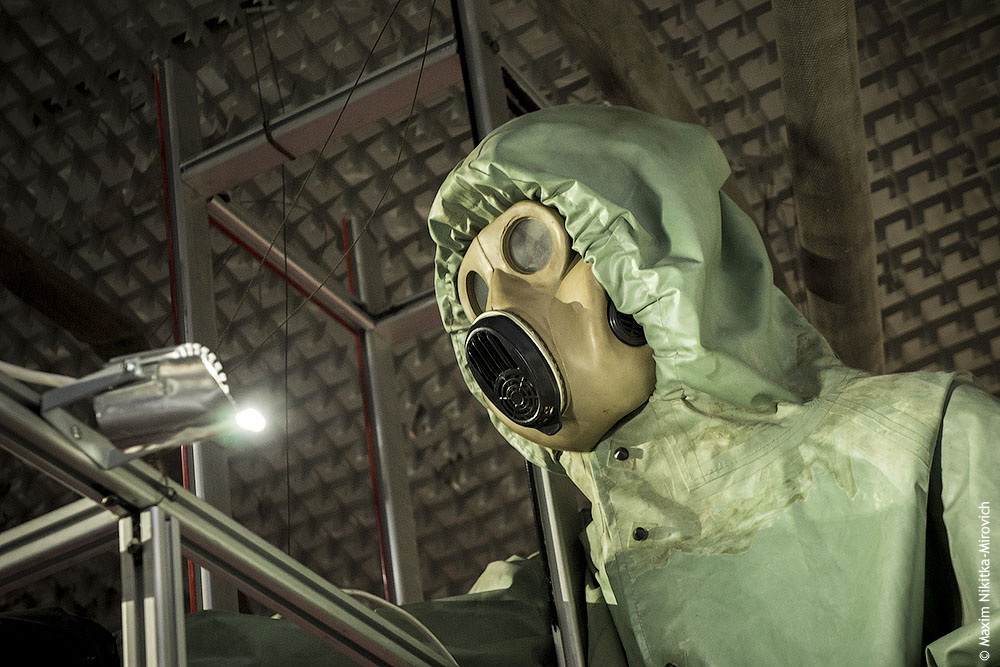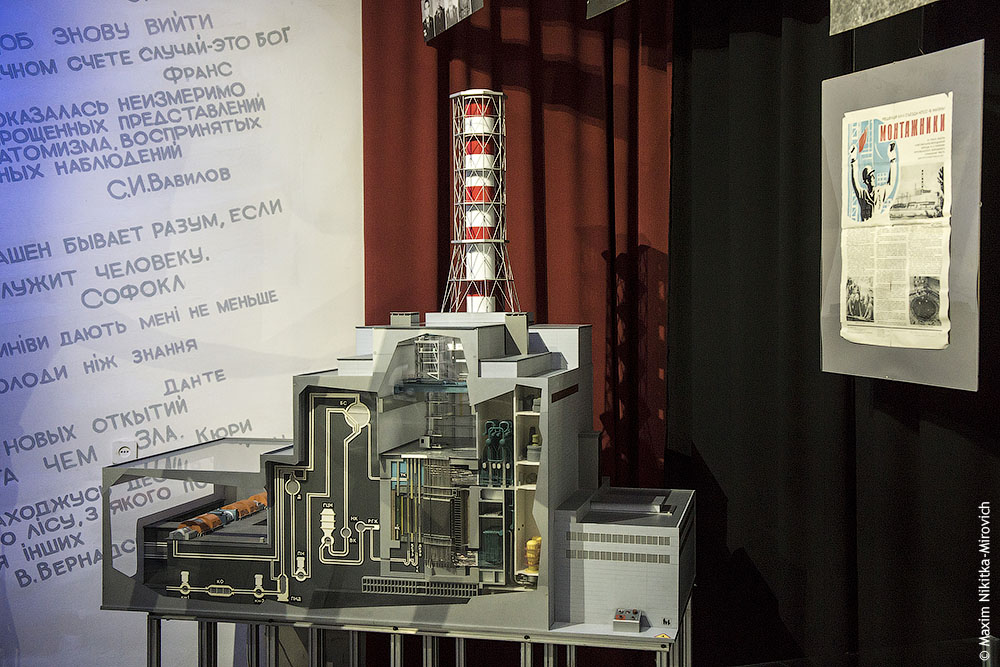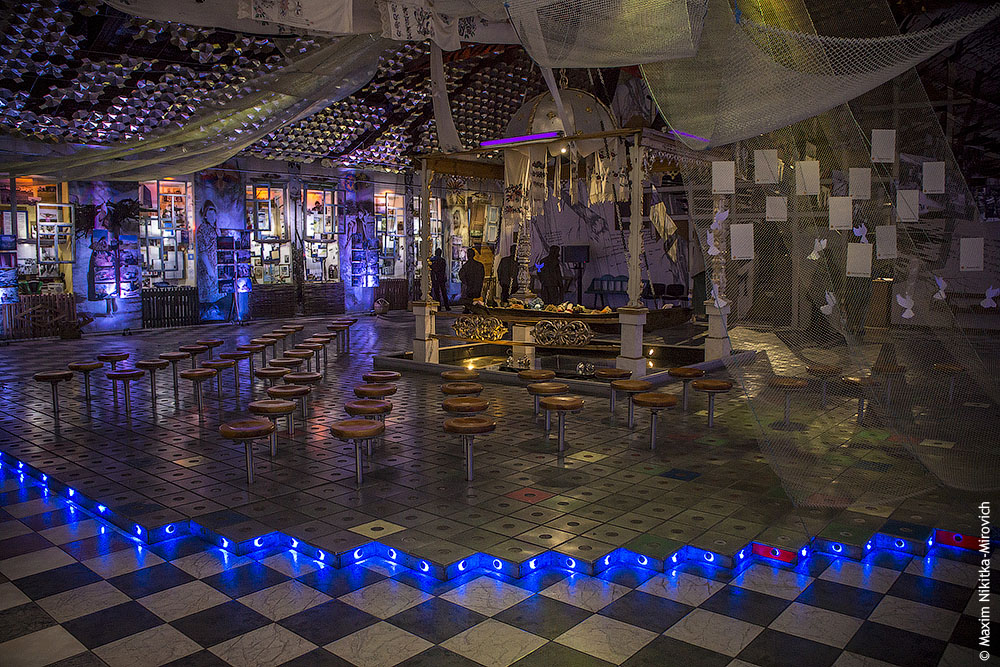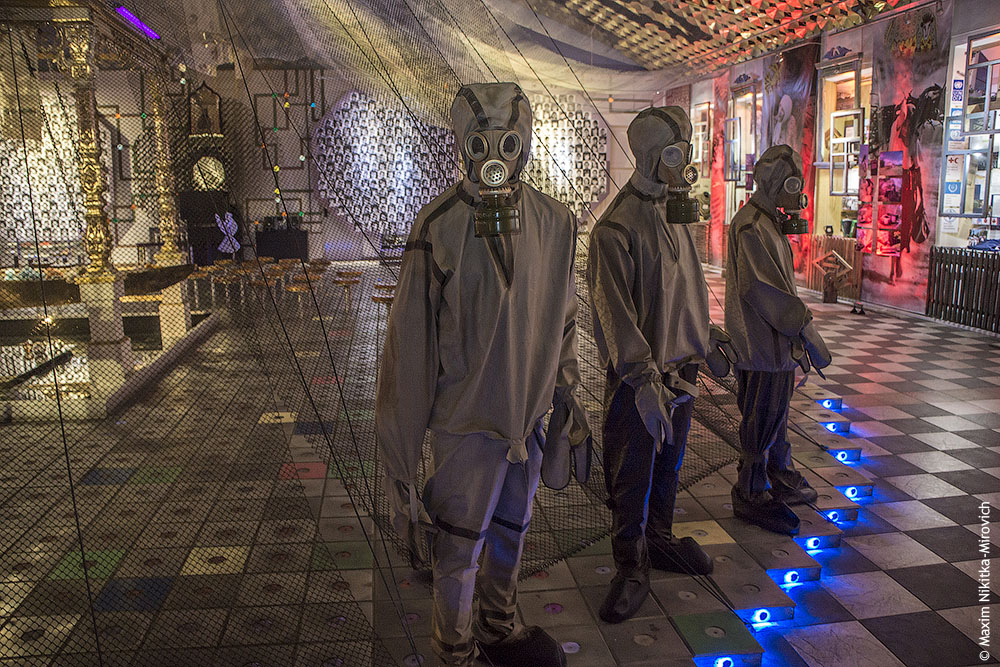The Chernobyl Museum tells about the biggest (known to us, not classified) disaster in the history of nuclear energy – the accident at the fourth power unit of the Chernobyl nuclear power plant in April 1986. The Chernobyl Museum contains more than 7,000 exhibits – these are declassified documents, maps, photographs, items of ethnic culture of residents of the area where the nuclear power plant was located, personal belongings of participants in the liquidation of the accident, and much more.
The Chernobyl Museum was opened on April 26, 1992, timed to coincide with the 5th anniversary of the accident. The current exhibition of the museum, which you can see when visiting it, did not appear immediately, but was collected gradually for the reason that information about the accident, its causes and consequences was classified until recently, and the participants in those events could not disclose the details of this terrible tragedy. Much of what is presented in the museum was published for the first time – documents, maps marked “Secret” (for example, a little-known fact that miners from Donbass dug a tunnel under the destroyed reactor in inhumane conditions and which later turned out to be absolutely useless), photographs.
Above the entrance to the museum, visitors see the words “Est dolendi modus, non est timendi,” which translates from Latin as “Sadness has a limit, but anxiety has none.” Next there is a barrier with flashing lights – it opens the entrance to the Chernobyl road. The symbolic Chernobyl road is a staircase leading to the main hall of the museum, along which road signs hang from the ceiling with the names of 76 cities and villages of Ukraine from the resettlement zone, which were wiped off the face of the earth during the fight against radiation.
This is interesting!
1. Since the 1970s, more than 150 nuclear power plant accidents have occurred in 14 countries, ranging from minor to major. Some are known, while others are strictly classified.
2. At the Chernobyl Nuclear Power Plant, incidents of varying degrees of complexity occurred before the 1986 disaster.
3. In a few days, 49,360 residents of this new, beautiful and comfortable city were evacuated from Pripyat. People left in the hope that they would return here in a month or two…
4. The radiation eruption was localized only by June 1986.
5. Less than a week had passed since the evacuation of the residents of Pripyat, when looters were already in full control of the apartments.
6. To clear radioactive debris on the roof of the Chernobyl nuclear power plant, lunar rovers and robots (including foreign ones) were used, but practically no device could withstand the radiation. People were doing the clearing manually…
7. Radiation reached Kyiv in full on April 30, 1986.
8. On May 1, 1986, in Kyiv, as if nothing had happened, a May Day demonstration was held, and on May 9, the 3rd stage of the Peace cycling race took place.
9. The Chernobyl explosion is equivalent to 300 Hiroshima bombs.
From the Chernobyl road, visitors enter the first hall of the exhibition, the floor in which is made in the form of a biological protection slab of the main reactor hall. In the center of the hall there is an iconostasis, fragments of which were brought by museum researchers from the Church of the Resurrection located in the Exclusion Zone. Under the cover of the iconostasis, instead of a font, a Polesie boat swings – a symbol of Noah’s Ark, and in it are children’s toys left by museum visitors. Next to the iconostasis there are 3 figures of liquidators in protective suits and respirators. Two angels spread their wings above the iconostasis: white and black, good and evil. Under the wings of a white angel, as if under his protection, are portraits of children born after the disaster; on the wings of a black one are photographs from the recent history of the last 70 years. The ceiling of the hall is made in the form of a symbolic map of the world, on which nuclear power plants located on all continents of the Earth flash with alarming lights. On the walls of the hall there is an exhibition of social posters dedicated to nuclear issues.
In the museum you can watch unique video materials about the disaster and its consequences, see a working model of the Chernobyl power unit, a working three-phase diorama “Chernobyl Nuclear Power Plant before, during and after the accident” – it shows how the explosion occurred, the destruction of the nuclear power plant as a result, and the construction of a sarcophagus over the destroyed block.
The exposition of the museum halls tells about the heroic and selfless work of people of many professions – civilian and military specialists in eliminating the consequences of the Chernobyl accident. In 1998, an electronic book in memory of the participants in the liquidation of the accident appeared in the museum with more than 5,000 names of the liquidators.
Over the years of the Chernobyl Museum’s existence, it has been visited by representatives of more than 80 countries. Among them are the presidents of our and other countries, the UN mission led by Secretary General Kofi Annan, OSCE President Adrian Severin and many others.
Where is the Chernobyl Museum?
Khoriv Lane, 1
044 482-56-27

